‘Tis the season for beer (Part 1)
December 3, 2013 1 Comment
This blogger first started brewing beer in 1998. Due to other commitments, the hobby was unintentionally discontinued after 2005. Perhaps priorities changed?
Nothing messes up a tidy kitchen faster than brewing, especially when using vintage equipment designed back in glorious 1990s!
The first brew to contemplate ‘back on the trail’ needed to be as simple as possible.
Compared to previous brews, relatively inexpensive commercial ingredients were chosen, for example… no heating of grain on the stove. Nothing hard core or even remotely ‘expert’ was to be attempted on this occasion. After an extended absence, it was more important to try and re-acquaint oneself with the fundamental techniques of temperature control and sterilization. Minimizing equipment failure is also a factor at this point due to the age of the kit.
Pale Ale recipe
| 1.7 kilograms Cascade Imperial Voyage Pale Ale |
| 1 kilogram Ultra Brew fermentable sugars |
| 15 grams Cluster Hop Pellets (steeped for 20 minutes) |
| 1 packet Dry Yeast (supplied with can of concentrate) |
| 3 litres freezer-chilled Spring Water (to cool wort before adding yeast) |
| Tap Water |
Key measurements
| Alcohol by volume | 3.6 percent |
| Original gravity | 1.040 |
| Final gravity | 1.012 |
| Apparent attenuation | 70 percent |
Fermentation was complete after five days. The final gravity measurement taken with the hydrometer at this point remained unchanged for the next 48 hours. Bottling took place after seven days in the fermenter.
Temperature chart
| DATE | DAY | MINIMUM | MAXIMUM |
| 22 | Friday | 19.5 | 27.1 |
| 23 | Saturday | 21.9 | 28.1 |
| 24 | Sunday | 20.0 | 29.2 |
| 25 | Monday | 20.5 | 27.0 |
| 26 | Tuesday | 20.0 | 25.9 |
| 27 | Wednesday | 15.9 | 25.5 |
| 28 | Thursday | 17.1 | 26.6 |
| 29 | Friday | 18.6 | 29.3 |
Unfortunately, the beer sat in the fermenter at summer temperatures (maximum average 27 °C or 80 °F) a day longer than necessary. This was unavoidable as the bottling process takes two and a half hours in the cool of the evening. The exterior of the fermenter was cooled with ice during the final day prior to bottling. The cooling arrangements were implemented the night before, since the temperature forecast suggested the last day was to be the hottest of the month.
The bubbling had subsided after day five when the first hydrometer measurements were taken. On the final day (seven), the airlock continued to bubble (at most) every half an hour. The notoriously unreliable airlock should never be relied upon as an indicator exclusively!
The chilled, uncarbonated, unsweetened beer exhibits a dark maroon colour. Tasting suggests a slight resemblance to Newcastle Brown Ale. No strong ester characteristics were detected. Should it be left in the fermenter too long during high temperatures, beer may taste like ‘fuel’ or exhibit a solvent flavour prior to bottling. These harsh tones may dominate and ruin the flavour of the beer, even after aging.
During the bottling phase, commercial carbonation drops and a two litre Darwin stubby were used to save time. Priming 60-odd 375 ML bottles is old fashioned, but old habits die hard! 🙂
Why was an ale chosen?
According to Frey, Scheetz & Sheidy:
Ale is beer that is brewed using only top-fermenting yeasts, and is typically fermented at higher temperatures than lager beer (15 – 23 °C, 60 – 75 °F). At these temperatures, ale yeasts produce significant amounts of esters and other secondary flavours and aromas, oftentimes resembling those of apple, pear, pineapple, grass, hay, banana, plum or prune.
Daniel Stromwall, Andrea Lin & Chrissta Maracle offer further enlightenment:
If the wort brews at a higher temperature 10 – 2 (50 – 77 °F) using an ale fermenting yeast, the fermentation process will favor the production of esters and diacetyl compounds. The result is a beer that is fruitier and more robust in flavor while having higher sugar content and lower ethanol content than lagers.
In a nutshell, it is more difficult for high temperatures to ruin an ale when undertaking a potentially challenging summer brewing schedule. Bottle conditioning of this ale now requires at least four weeks in a cool dark place. The ale will be ready in time for Christmas, with additional aging to potentially improve the taste of the beer by the New Year.
Temperature data sourced from Bureau observations during the seven day brewing period, 22-29 November 2013. Thank you to all those kind folk, including master capper Fat Crap who shared the hard work!
Related articles
- Cascade Pale Ale (daniel.fragar.id.au)
- Cascade Pale Ale comes good! (beerblokes.blogspot.com.au)
- Bulk & pale, finally there (wemakehomebrew.com)
- Keep calm & brew up: How to home brew in 5 simple steps (kamerynevans1.wordpress.com)
- Return of an old kit, now colder (wemakehomebrew.com)
- The ale & the lager: The roots of all beer (mmc4120.wordpress.com)
- The problem with ESB: A treatise on beer styles (masterbrewerscorner.wordpress.com)
- Tasting: Nelsons Citra Pale Ale (halffullpint.wordpress.com)
- New beers bottled & fermenting! (darkstormbrewing.wordpress.com)
- Students craft own beer & drink it too (thewindcriesmaryyy.wordpress.com)
- Make me sweat! Cool tips for hot weather brewing (byo.com)
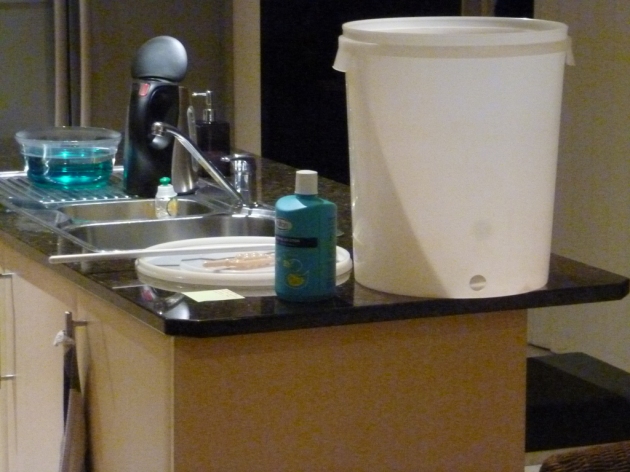

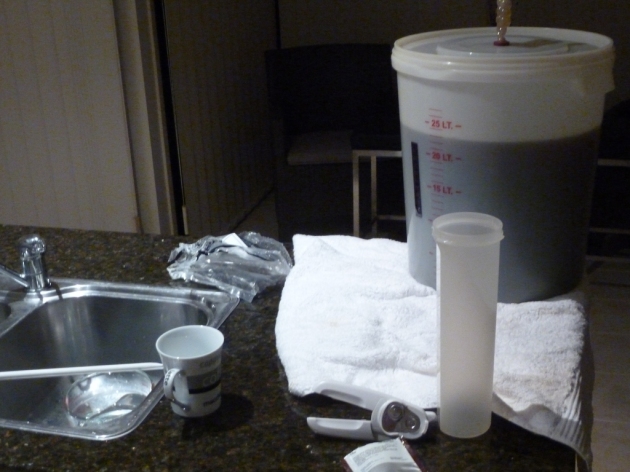
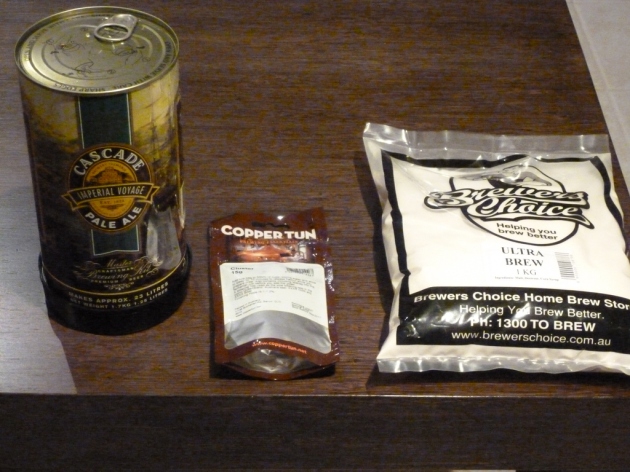
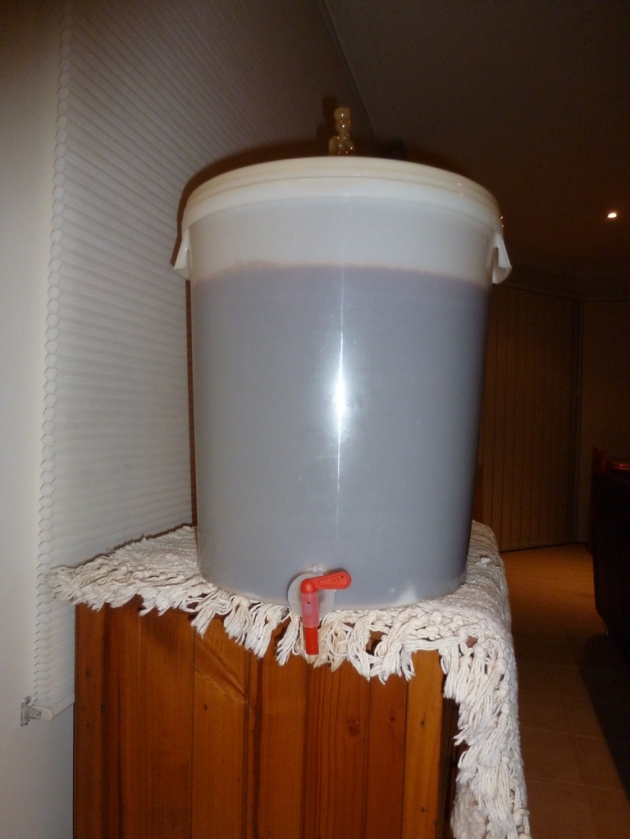



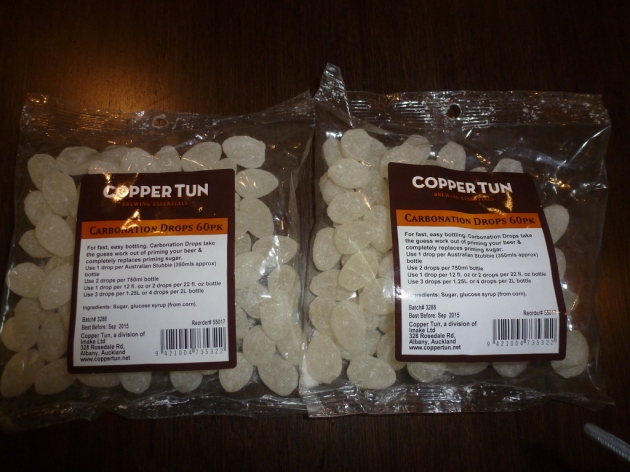
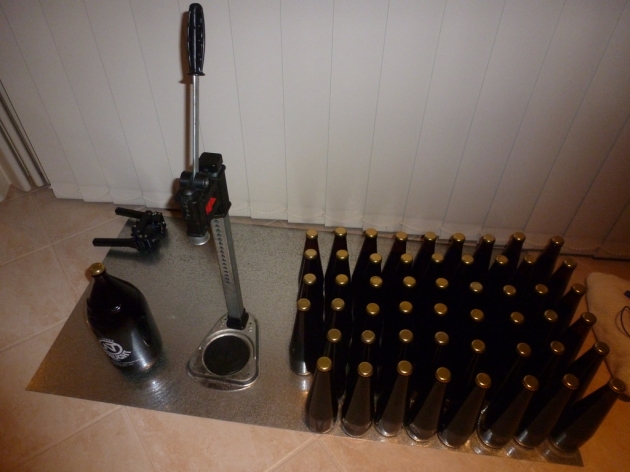

Great to see the Master Brewer has returned to his kitchen.
Hope both his brew and his temperament improve with time.